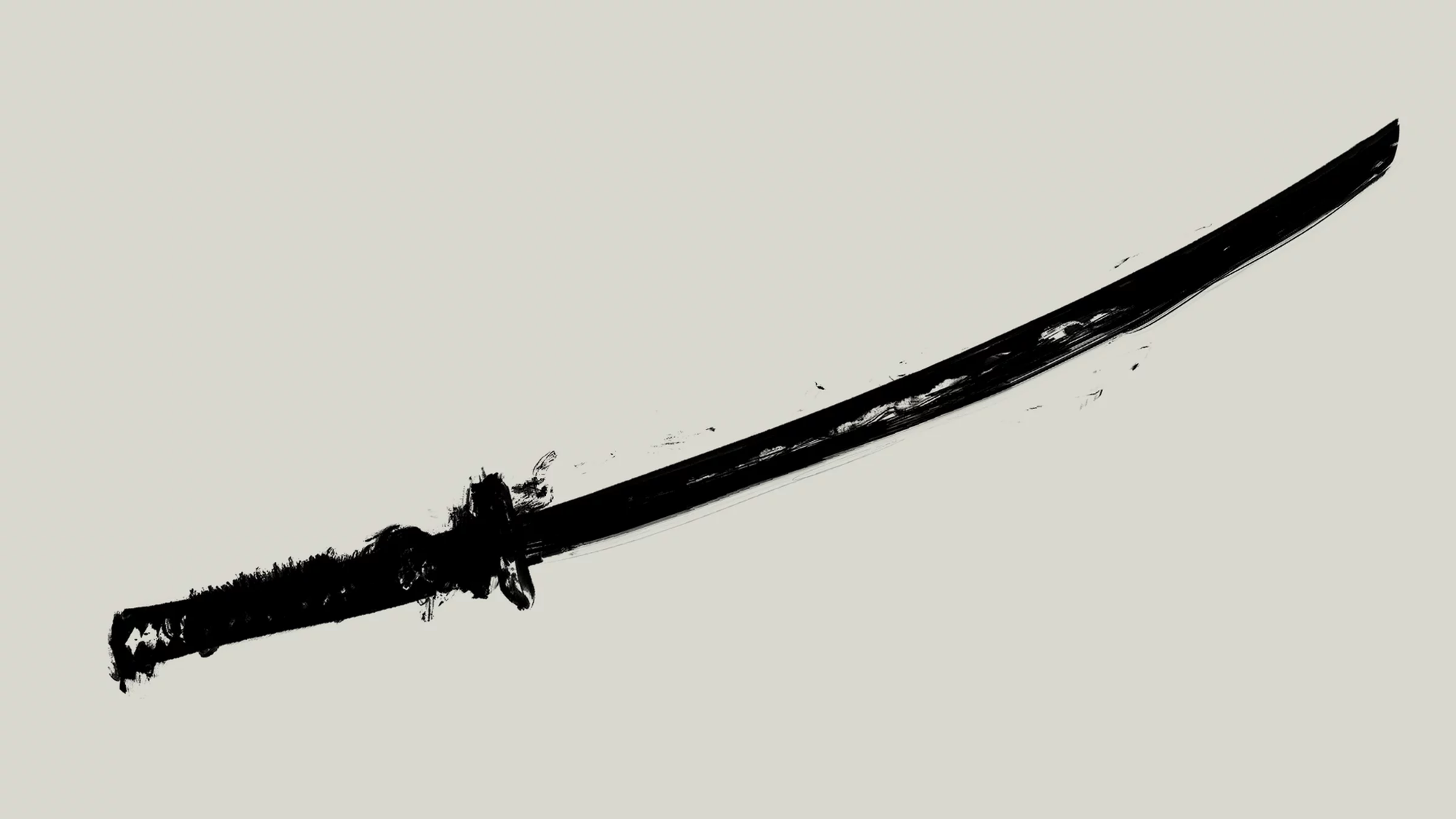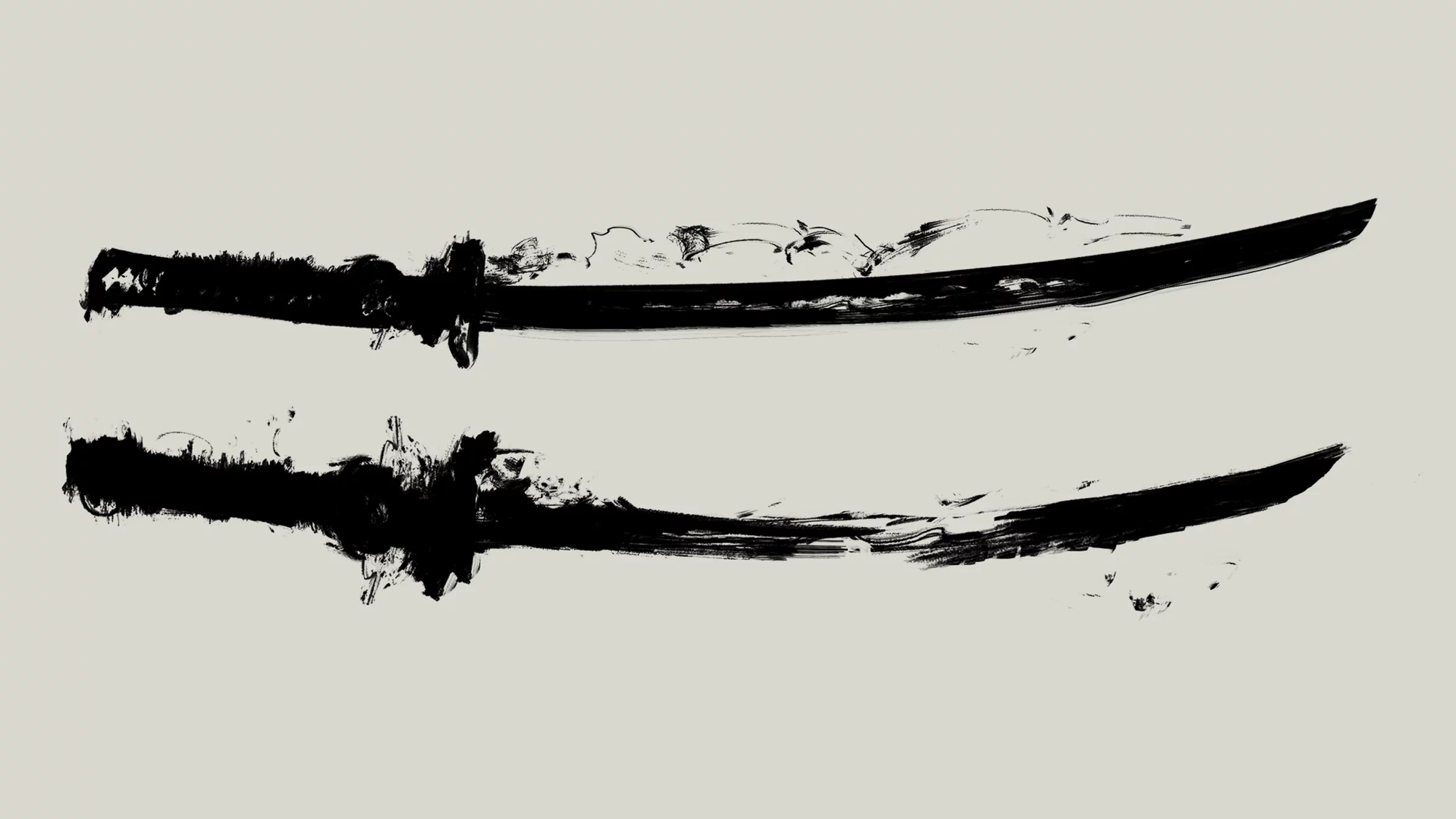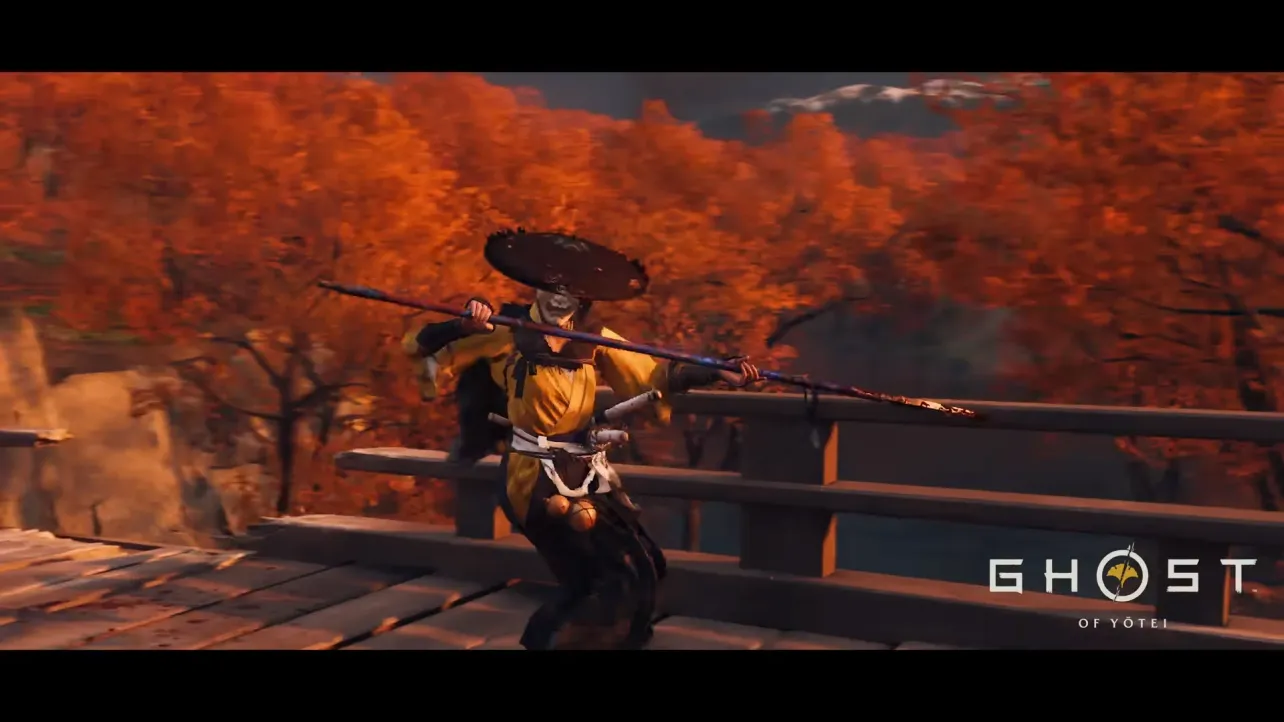Ghost of Yōtei builds its combat around distinct weapon types and intentional switching. You unlock new weapons by training with masters, then deepen each one through techniques found at Altars of Reflection. Each tool has a clear job, and picking the right one for the moment is the difference between a clean duel and a slog.
Open the characters and combat overview

All weapon types in Ghost of Yōtei (confirmed)
| Category | Weapon | Role and strengths |
|---|---|---|
| Melee | Katana | Balanced blade for clean, precise exchanges; ideal against other sword users. |
| Melee | Dual Katana | Fast, flowing combos that overwhelm spear enemies with pressure. |
| Melee | Ōdachi | Heavy two‑hander with high stagger and damage; counters heavy/armored targets. |
| Melee | Yari (spear) | Long‑range control for interrupting and spacing; counters sickle‑wielding foes. |
| Melee | Kusarigama | Chain‑and‑sickle with wide reach; excellent at breaking shield users and crowd control. |
| Ranged | Short bow | Quick draw and mobility; specialized arrows apply different effects. |
| Ranged | Longbow | High‑impact shots at distance; specialized arrows for precision takedowns. |
| Ranged | Tanegashima matchlock | Early firearm with high damage and two ammo types; deliberate reloads demand positioning. |
| Quickfire tools | Kunai | Instant throws to interrupt and open guards at close range. |
| Quickfire tools | Smoke bombs | Concealment for escapes and repositioning. |
| Quickfire tools | Metsubushi (blinding powder) | Briefly blinds targets to create safe openings. |
Note: Quickfire tools are limited by encounter; treat them as tempo swings rather than a primary damage source.

Weapon choice by enemy type (what the game teaches)
| Enemy | Recommended weapon | Why it works |
|---|---|---|
| Sword users | Katana | Matched timing and precision favors clean parries and counters. |
| Spear users | Dual Katana | Speed collapses the reach advantage and staggers through pressure. |
| Heavy/armored | Ōdachi | High stagger breaks guard and punishes slow windups. |
| Sickle‑wielding | Yari | Reach and interrupts keep spinning chains at bay. |
| Shield users | Kusarigama | Chain disrupts shields and opens flanks for follow‑ups. |
Tip: These are guidelines, not locks. You can finish fights with almost any weapon, but switching when reinforcement types change will save Spirit and consumables.
Ranged options: bows and matchlock
The bow pair covers stealth picks and long sightlines. The short bow draws quickly when you’re moving between cover; the longbow rewards patience with high‑impact shots. Both support specialized arrow types that change outcomes beyond raw damage.
The Tanegashima matchlock is the blunt instrument. It hits hard and offers two ammunition types, but every shot is a commitment. Use it to puncture priority targets at the start of a skirmish or to stop advancing heavies when your melee option is on the back foot.
Quickfire tools: tempo, not spam
- Kunai interrupt strings and bail you out of bad spacing. Toss and immediately convert with your current weapon’s fastest opener.
- Smoke bombs give you the beat you need to reset distance, revive momentum, or line up a bow shot.
- Metsubushi is the fastest way to force a whiff. Blind, step, punish.
Note: Tools replenish between encounters. Within an engagement, plan around a limited count.
How progression ties weapons together
New weapons come from training with master warriors across Ezo, while technique upgrades live at Altars of Reflection. On top of weapon‑specific techniques, core abilities let you disarm enemies, steal initiative on horseback, and even call a wolf companion to tilt busy fights. The design pushes you to learn timing and spacing for each moveset, then layer tools and arrows to control tempo.
Ghost of Yōtei is built on matchups: each weapon excels at a specific problem, and the game rewards you for swapping instead of forcing one blade through every encounter. Learn one clean punish with each weapon, keep one ranged option ready, and treat tools like timeouts. The result is a combat loop that stays readable even when the battlefield gets loud.

